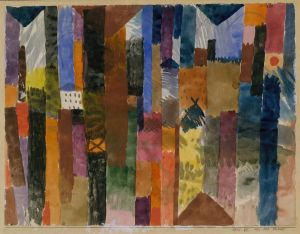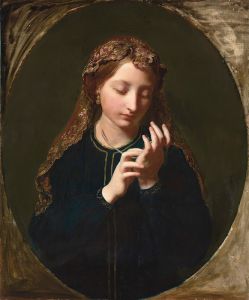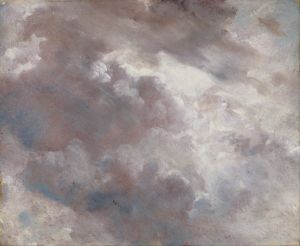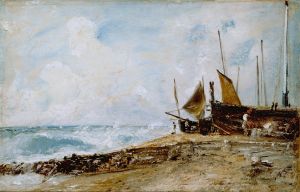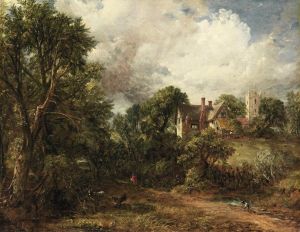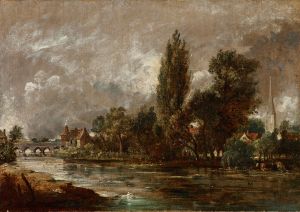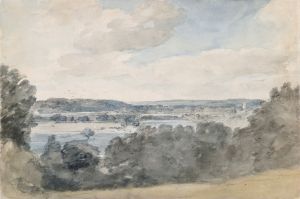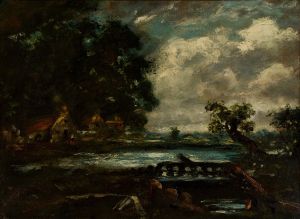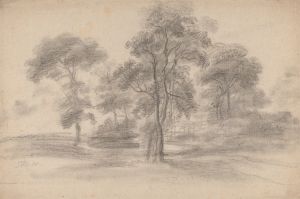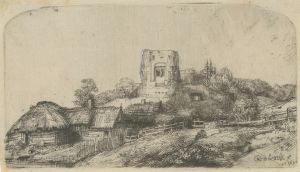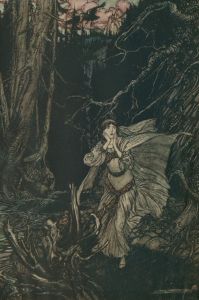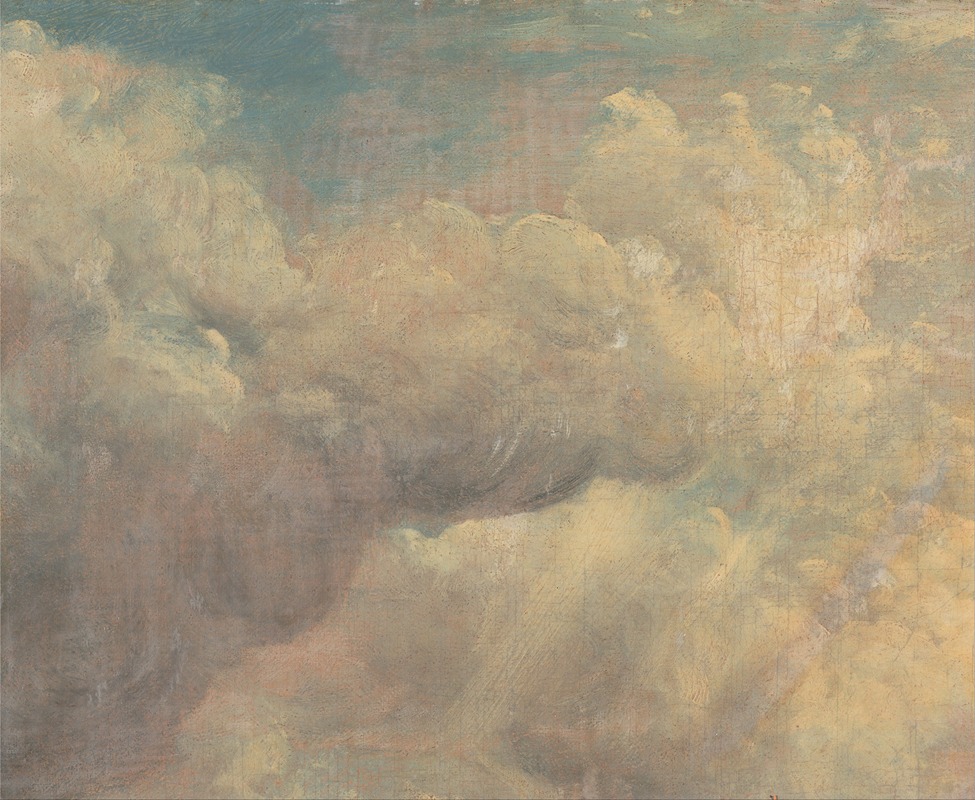
Cloud Study
A hand-painted replica of John Constable’s masterpiece Cloud Study, meticulously crafted by professional artists to capture the true essence of the original. Each piece is created with museum-quality canvas and rare mineral pigments, carefully painted by experienced artists with delicate brushstrokes and rich, layered colors to perfectly recreate the texture of the original artwork. Unlike machine-printed reproductions, this hand-painted version brings the painting to life, infused with the artist’s emotions and skill in every stroke. Whether for personal collection or home decoration, it instantly elevates the artistic atmosphere of any space.
John Constable, an English Romantic painter renowned for his landscape paintings, created a series of studies focusing on clouds, commonly referred to as "Cloud Studies." These works are part of Constable's broader exploration of natural phenomena and his dedication to capturing the transient effects of weather and light in the English countryside.
Constable's interest in clouds and atmospheric conditions was influenced by his desire to depict nature with scientific accuracy and emotional depth. During the early 19th century, there was a growing interest in meteorology, and Constable was among the artists who sought to incorporate these scientific observations into their art. His cloud studies were primarily executed between 1821 and 1822, a period during which he was particularly focused on understanding and representing the sky's ever-changing nature.
The cloud studies are typically small-scale oil sketches painted on paper or board. Constable often worked outdoors, directly observing the sky and capturing the clouds' forms, colors, and movements. This practice was somewhat unconventional at the time, as many artists preferred to work in studios. Constable's plein air approach allowed him to record the immediate effects of light and atmosphere, lending his works a sense of spontaneity and realism.
These studies were not intended as finished works for exhibition but rather as exercises to improve Constable's understanding of atmospheric effects. They served as references for his larger landscape paintings, where the depiction of the sky played a crucial role in conveying mood and setting. Constable's meticulous attention to detail in these studies reflects his belief that the sky is the "chief organ of sentiment" in a landscape painting.
One of the most notable aspects of Constable's cloud studies is their variety. He captured a wide range of cloud formations, from cumulus to cirrus, and depicted different weather conditions, such as clear skies, impending storms, and gentle breezes. His keen observation skills and ability to render the subtle nuances of light and shadow make these studies remarkable examples of early 19th-century landscape art.
Constable's cloud studies have been praised for their scientific precision and artistic beauty. They demonstrate his innovative approach to landscape painting and his commitment to portraying nature with authenticity and emotion. These works have influenced subsequent generations of artists, including the Impressionists, who also sought to capture the fleeting effects of light and atmosphere in their paintings.
Today, Constable's cloud studies are held in various collections, including the Victoria and Albert Museum in London and the Yale Center for British Art in New Haven, Connecticut. They continue to be appreciated for their technical skill and their contribution to the development of landscape painting as a genre. Through these studies, Constable not only advanced his artistic practice but also contributed to a broader understanding of the natural world, bridging the gap between art and science in the process.





